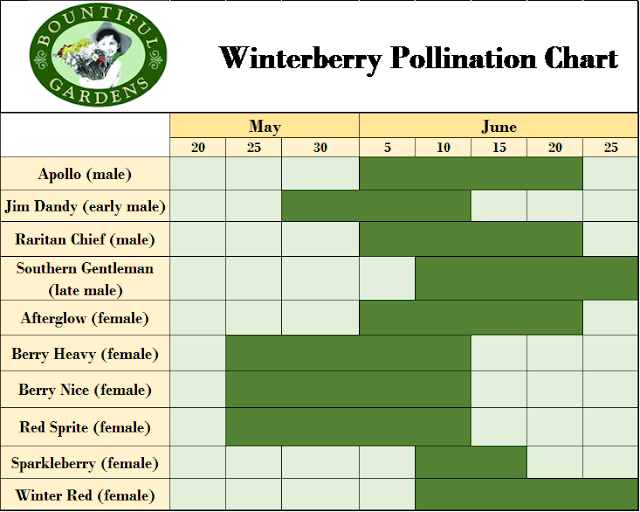 |
| Ilex Aquifolium |
There are over 700 species of hollies, consisting of both evergreen and deciduous shrubs, trees and climbers. This plant is grown for its waxy, green foliage and signature display of bright berries. Inconspicuous flowers are tiny, white, cup-shaped blooms that emerge in Spring. Most commonly used for hedges or specimen, Hollies are actually one of the more versatile plants for designing in gardens and landscapes.
Care
 |
| Ilex Crenata 'Steeds Upright' Holly |
- Best planted in cool weather (late Fall-early Spring)
- Hollies prefer full sun, but tolerate part shade
- Require moist, slightly acidic soil that is well-drained
- Most types of holly shrubs have shallow root systems, so add mulch
- Water daily for the first week after planting, then gradually decrease as it begins to establish
- If necessary, prune in late Winter or early Spring
Do All Hollies Produce Berries?
 |
| Ilex Verticillata 'Southern Gentleman' Winterberry |
It is important to know that Hollies are dioecious—the male plants produce pollen, while female plants
produce berries. A male holly should be planted within 40’ of a female plant to
encourage berry production.
To ensure that you have both male and females to get berries, stick with similar varieties; male and female plants are not always labeled. Named cultivars, however, are usually found in both male and female varieties. For instance, 'Blue Prince' and 'Blue Princess', 'China Boy' and 'China Girl', or 'Blue Stallion' and 'Blue Maid'.
A word of caution: Don't rely solely on the name of the variety. For example, the variegated golden holly varieties 'Golden King' and 'Golden Queen'-- the names are deceptive as 'Golden King' is the female plant, while 'Golden Queen' is the male.
How Can I Differentiate Between Male and Female Hollies?
The best way to determine the sex of holly plants is by looking at the flowers. Although the inconspicuous blooms on males and females appear nearly identical from a distance, taking a closer look will prove otherwise.
When most male holly flowers bloom, their white petals unfurl to reveal small white 'horns' (or filaments). These filaments support the anthers, which is where the pollen is stored. The tips should be yellow with pollen.
To ensure that you have both male and females to get berries, stick with similar varieties; male and female plants are not always labeled. Named cultivars, however, are usually found in both male and female varieties. For instance, 'Blue Prince' and 'Blue Princess', 'China Boy' and 'China Girl', or 'Blue Stallion' and 'Blue Maid'.
A word of caution: Don't rely solely on the name of the variety. For example, the variegated golden holly varieties 'Golden King' and 'Golden Queen'-- the names are deceptive as 'Golden King' is the female plant, while 'Golden Queen' is the male.
How Can I Differentiate Between Male and Female Hollies?
 |
| Male Flower |
When most male holly flowers bloom, their white petals unfurl to reveal small white 'horns' (or filaments). These filaments support the anthers, which is where the pollen is stored. The tips should be yellow with pollen.
 |
| Female Flower |
On the other hand, when female flowers bloom, the petals encompass what looks like a small, green berry in the center. While females also have filaments, they do not produce pollen.
For any given plant, not just hollies, there are certain factors that should always be taken into consideration:
- What function will your plant serve: Hedging? Foundation? Specimen? With so many different varieties available, each type has something unique to offer to your landscape!
- Plan accordingly with your plant's size at maturity--plants that grow too close together will result in an ongoing competition for light, soil, nutrients and water.
- You should be aware of when your plant's bloom season is, so you can choose neighboring plants accordingly.
- As previously mentioned, it's crucial that you know whether your plant requires a pollinator so you can enjoy its colorful seasonal display!
Need ideas for a landscape that provides year-round interest? Try planting Winterberry Hollies (Ilex Verticillata).
These deciduous hollies provide a profuse, dramatic Winter display of brightly colored berries--a refreshing seasonal pop of color to break up surrounding evergreens in the landscape.
Refer to our chart below for respective pollinators.




